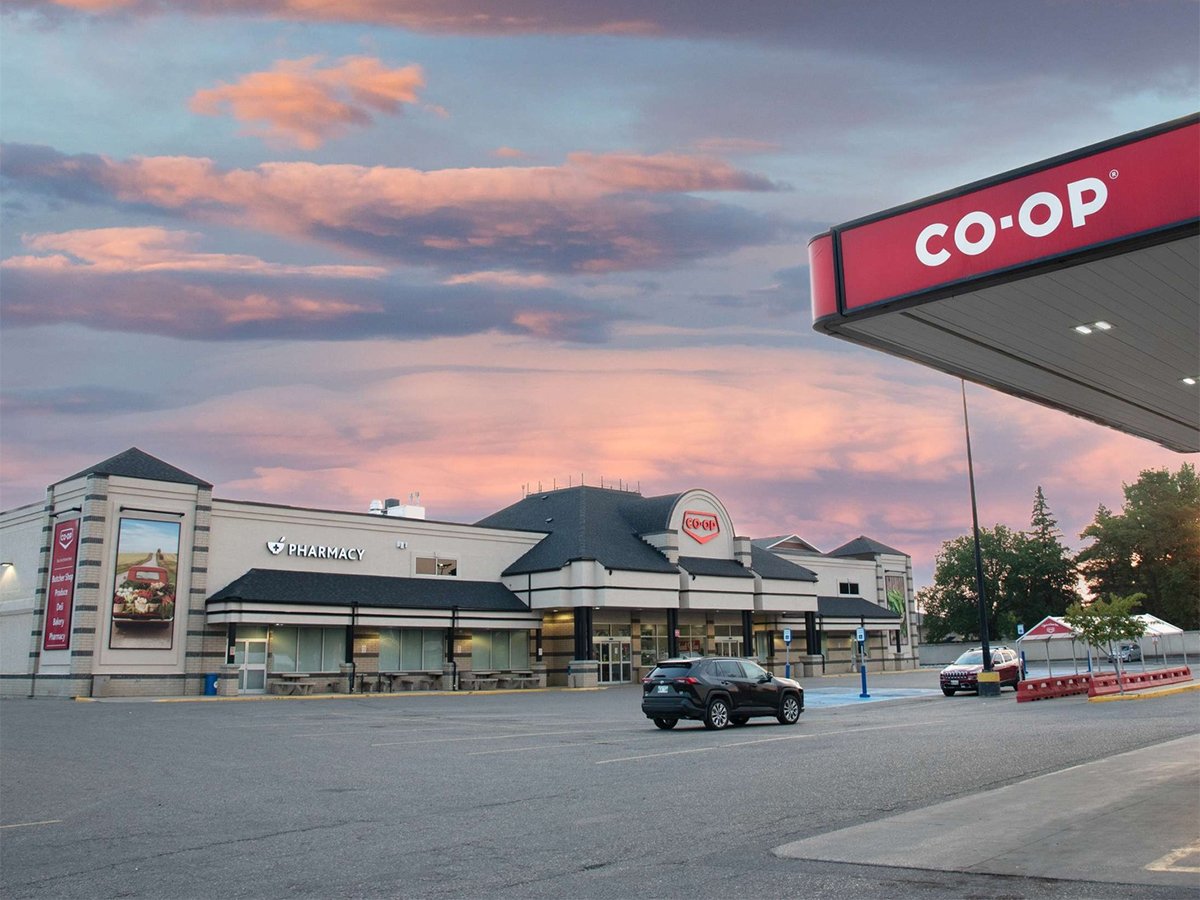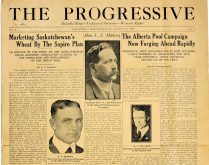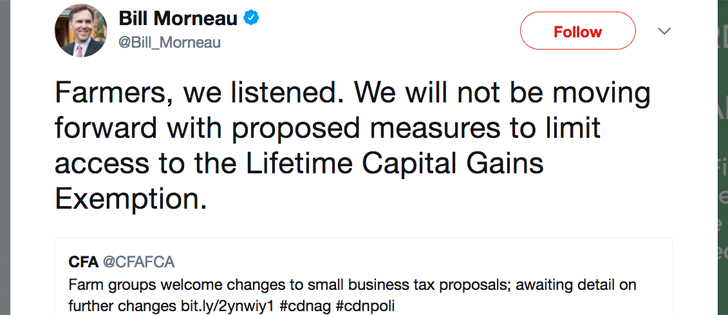It is all starting to sound like history repeating itself as prairie farmers examine their options to buy the CWB and build fertilizer plants.
In the news recently have been stories of farmer meetings, options to join in collective efforts to market and buy commodities, and questions about the future of grain handling and transportation and what priority the public gives to a grain production system with few competing interests.
I’m not suggesting that Canada got its co-ops and pooling wrong in the first place. Farmers likely should be interested and invested in their logistics and price discovery systems.
Read Also

Farmer ownership cannot be seen as a guarantee for success
It’s a powerful movement when people band together to form co-ops and credit unions, but member ownership is no guarantee of success.
Grain pooling, whether through the prairie pools, United Grain Growers or the Canadian Wheat Board, was a way to ensure that farmers were able to access a greater proportion of the margin between cost of production and world price. And the co-ops offered bulk buying-production and price discovery.
The reality was that grain margins were often slim, which made it easy to point fingers or imagine that farmers in the United States or Ontario were being paid more for their crops. This year it appears they are.
It was often suggested that better, larger or more efficiently located farmers must always have been penalized when it came to pooling, despite the obvious advantages that pooling’s economies of scale were delivering for them. Some things are more apparent than real.
When margins were especially tight, in the 13 years leading up to 2008, it was easy to point fingers at the government-run CWB. That helped make it a target for some politicians, like the publicly held railways before them.
The fact was that the grain companies, including the wheat pools, were making a small but predictable profit on handling and larger margins on non-board crops, fertilizer and other inputs.
It reduced a lot of the risk for grain companies.
Now, those corporations have all the risk and with it any profits they can squeeze from the margins.
Prairie farmers have a long history of working together to improve their economic fortunes and can see where their bread is buttered.
The question is, do they want butter and the risks that come with it?
For a related story click here.














